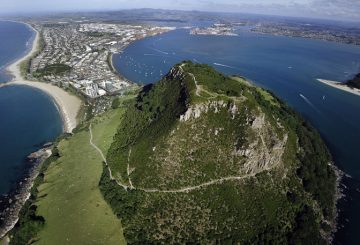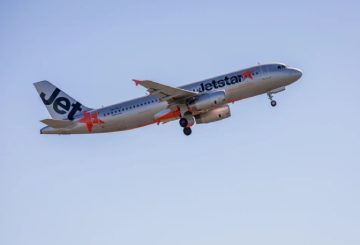뉴질랜드의 프리미엄 아이스크림 산업에 대한 최신 연구에 따르면 소비자들이 점점 더 최고 품질의 식품을 찾음에 따라 수출업자들은 중국을 포함한 해외 시장에서 새로운 판매처를 찾을 것으로 기대하고 있다.
이번 연구는 호주, 아시아, 영국으로 아이스크림 수출을 확대시킬 수 있는 활로를 찾았다. 지난 19일, Stuart Nash 경제개발부 장관은 정부기관들이 운영하는 식음료 정보 프로젝트 보고서를 통해 프리미엄 아이스크림이 현재 세계적으로 수출 호황을 누리는 와인 및 꿀의 성공 사례를 따를 것이라고 밝혔다.
장관은 “아이스크림은 뉴질랜드의 거의 모든 지역에서 생산되고 있으며 48개의 현지 제조업체가 있다”며 “유제품 수출에서 뉴질랜드의 강력한 세계적 위치를 아이스크림과 다른 냉동식품의 수익성 높은 글로벌 시장으로 바꾸는 것이 과제다. 최초의 현지 아이스크림 제조사들은 100여 년 전 세계 최고의 우유와 크림으로 시작했으며 여전히 파문을 일으키고 있다”다고 덧붙였다.
뉴질랜드는 이미 아시아 태평양 지역의 여러 자유무역협정(FTA)에 따라 아이스크림에 대한 무관세 수출 혜택을 누리고 있다. 여기에는 뉴질랜드-중국 FTA에 따라 뉴질랜드 최대 아이스크림 수출국인 중국에 대한 무관세 수출도 포함돼 있다.
소비자들은 양, 사슴, 버팔로, 염소 우유로 만든 아이스크림에 관심이 급증했다. 귀리 우유, 코코넛 우유, 두유에서 나온 식물성 아이스크림 시장 역시 세계적으로 성장하는 추세다. 특히 젤라토와 샤베트는 뉴질랜드의 풍부하고도 질높은 농산물로 만든다.
이어 장관은 “단순한 hokey pokey 콘은 키위의 아이콘이자 여름엔 빠질 수 없는 식품이다. 아이스크림 장인들은 A2 우유, 바다 소금, 땅콩 버터, 마, 강황과 같은 풍부한 유기농 제철 재료 및 향료로 혁신했다” 라고 전했다. 특히 “뉴질랜드와 영국 간 자유무역협정은 원칙적으로 2021년 아이스크림 등 유제품 수출에 큰 잠재력을 갖고 있다”고 말했다.
아이스크림 수출업자들은 또한 전세계적인 코로나로 인해 새롭게 각광받고 있는 소비자 요구에 대응할 수 있다. 건강식, 지속가능식, 저탄소식, 비건식 등 슈퍼마켓에서 직접 구매하는 프리미엄 제품에 대한 관심이 높아지고 있는 것으로 나타났다.
뉴질랜드는 질 좋은 원료와 낮은 생산 비용, 숙련된 노동력과 가공 산업, 그리고 새로운 무역 협정으로 더욱 성장할 주요 시장에 근접하거나 개방적인 접근성을 지니고 있다.
보고서는 아이스크림 생산자들이 유제품 수출 공급망의 기존 강점을 바탕으로 프리미엄 시장을 공략하고 “뉴질랜드 고유의 맛”을 공식화하며, 아이스크림 소비가 높은 몇몇 선진국에 초점을 맞추고 있다고 전했다.





























































